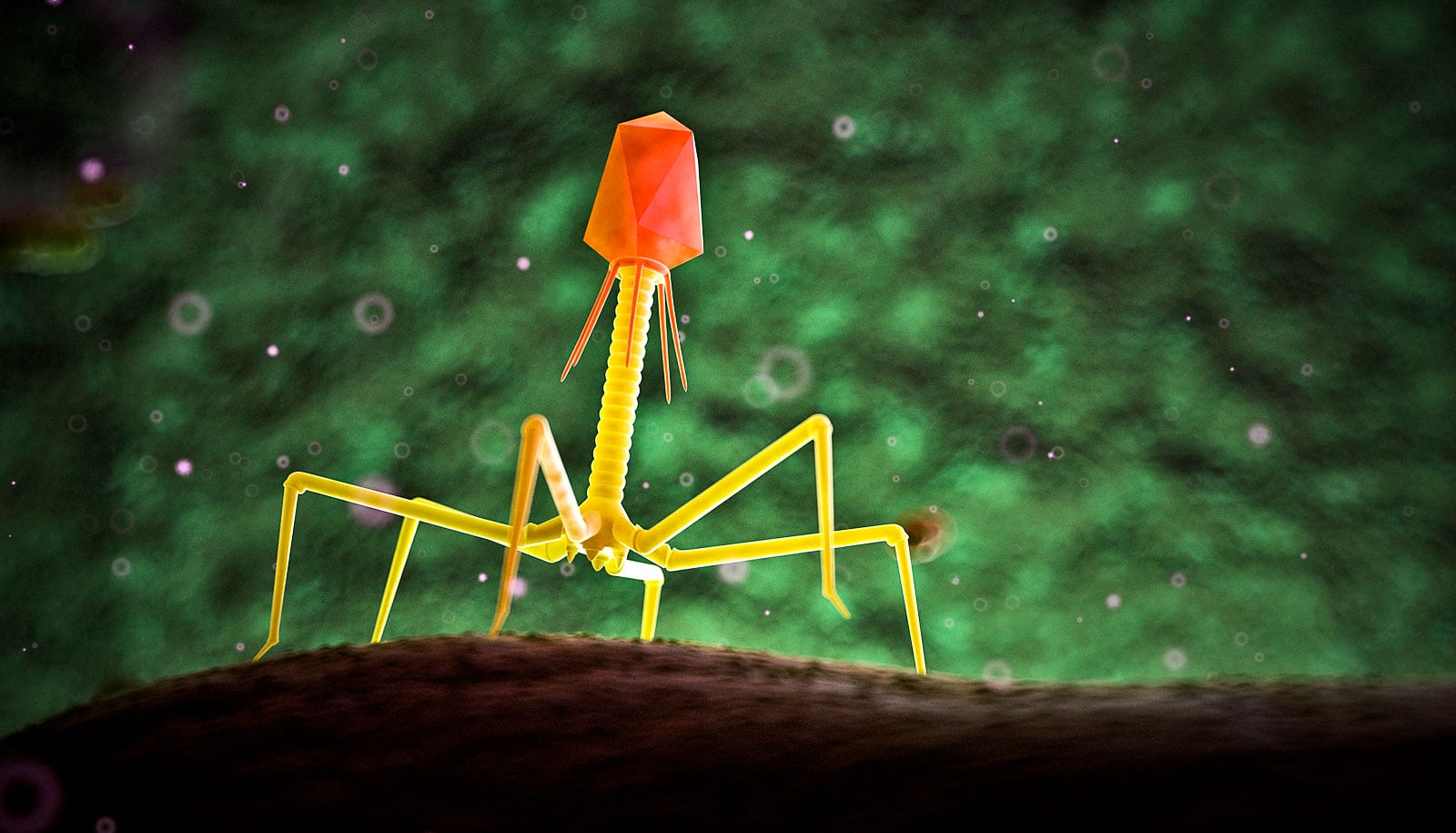A subspecies of the bacterium Streptococcus gallolyticus appears to actively promote the development of colorectal cancer—a finding that could lead to potential treatment strategies.
Colorectal cancer is fairly treatable when caught early with regular screenings, but it is still the second-leading cause of cancer-related deaths in American men and the third-leading cause in women.
Scientists have known for some time that people infected with S. gallolyticus are more likely to have colorectal cancer. However, it was unclear if that relationship was cause or effect—that the bacteria promote cancer development—or if S. gallolyticus simply grows easily in the environment that the tumor cells provide.
To answer the question, researchers took a three-pronged approach: They looked at cell cultures, an animal model of colorectal cancer, and tissue from human tumors.
“The three methods complement each other very well,” says Yi Xu, associate professor of biosciences and technology at Texas A&M Institute of Biosciences and Technology. “Cell cultures allow us to answer some important questions in a well-controlled setting, while animal models tell us if the same principles hold true in the in vivo environment. Finally, human tissues are essential if we want to be able to extrapolate to what happens in people.”
Gene that stops tumors may spread colorectal cancer
First, the researchers grew colorectal cancer cells and S. gallolyticus together in cell cultures and found that the presence of the bacteria indeed promotes proliferation of colorectal cancer cells.
However, what was unexpected is that this effect depends on what phase of growth the S. gallolyticus bacteria are in as well as direct contact between the bacteria and colorectal cancer cells.
“Whatever the bacterial factors involved, they seem to require direct contact with cancerous cells and any substances the bacterial cells secrete do not drive proliferation on their own,” Xu says.
Cell culture findings also showed that when the production of a certain protein, called β-catenin, known to play a key role in colorectal cancer, was reduced in a cell, S. gallolyticus did not promote proliferation of colorectal cancer cells. This indicates a possible pathway through which the bacteria drive cancer development.
The findings in the tissue culture plates mirrored what the researchers found in animal models of colorectal cancer. Those treated with S. gallolyticus developed more tumors and had greater production of the β-catenin protein, as well as other signs of cancer severity.
Finally, researchers analyzed normal and tumor tissue samples from more than 100 human colorectal cancer patients and found that most were infected with S. gallolyticus, which was previously unknown.
Colorectal screening options can boost participation
“There is still a lot more that we need to find out,” Xu says. “For example, we don’t know if the continuous presence of the bacteria is necessary for cancer proliferation, or if the gastrointestinal tract can be transiently colonized by the bacteria and still cause problems.”
Answering these questions might help researchers determine whether eliminating the pathogen from the colon could help colorectal cancer patients when combined with traditional cancer therapies.
Still, Xu thinks it’s something that oncologists should keep in mind. “What it says to me is that clinicians need to take into consideration whether patients harbor this pathogen and how that is going to influence the development of cancer,” she said.
“We finally showed that a pathogen with a well-documented clinical association with colorectal cancer is also functionally important in the development of this disease,” Xu says. “This has important implications for patients. By understanding how this pathogen works, we might be able to make a real difference.”
The study appears in PLOS Pathogens.
Source: Texas A&M University



